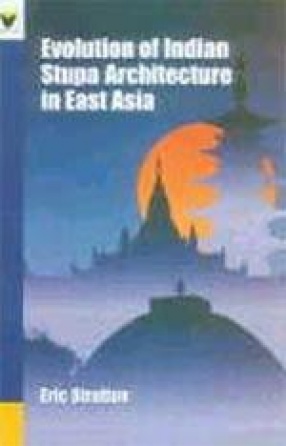This work seeks to explore the development of East Asian architecture based upon its borrowings from the Indian stupa. While most scholars agree that some features of East Asian religious architecture have been strongly influenced by the symbolic architecture of the stupa, this study specifically seeks to identify three distinct architectural "lineages" originating from India to East Asia. These lineages were inspired by the work of Liang Ssu-Ch’eng who first identified several "families" of pagoda structures in Mainland China in the early part of the 20 century. However, here we extend our search to all the nations that have employed the stupa architecture outside India (and Nepal). These other lineages have been identified through careful analysis in archaeological, anthropological, historical, and religious studies. The first of these lineages extends through Indo-China and Indonesia. The second lineage is mainly found extending through Burma. Both lineages, one and two, meet togeth
The Evolution of Indian Stupa Architecture in East Asia
In stock
Free & Quick Delivery Worldwide
reviews
Bibliographic information
Title
The Evolution of Indian Stupa Architecture in East Asia
Author
Edition
1st ed.
Publisher
ISBN
8179360067
Length
viii+154p., Bibliography.
Subjects





There are no reviews yet.